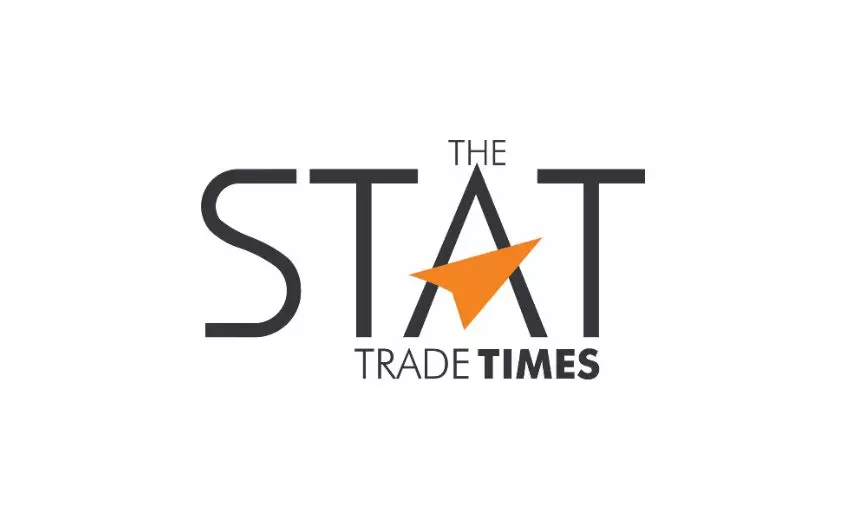
India edges out China as potential logistics market
Jan 19, 2016: According to the 2016 Agility Emerging Markets Logistics Index and overall Index rankings, which are based on economic and social data, India climbed two spots to third position, behind only China and United Arab Emirates (UAE), on strong economic performance and initial reforms launched by the government of Prime Minister Narendra Modi. […]

Jan 19, 2016: According to the 2016 Agility Emerging Markets Logistics Index and overall Index rankings, which are based on economic and social data, India climbed two spots to third position, behind only China and United Arab Emirates (UAE), on strong economic performance and initial reforms launched by the government of Prime Minister Narendra Modi.
Among the countries at the top of the Index rankings, UAE (2), India (3) and Malaysia (4) leaped over the commodity-dependent economies of Saudi Arabia (5), Brazil (6) and Indonesia (7). Rounding out the top 10 were Mexico (8), Russia (9) and Turkey (10).
Nigeria (17) and Egypt (22) climbed 10 spots in the data-driven portion of the Index, the biggest gains by any country in seven years of rankings.
The supply chain industry expects an uptick in emerging markets growth in 2016, despite concerns about further slowing in China, fluctuations in oil prices, and the possibility that the US economy could weaken. After a year of turbulence, 61 percent of logistics industry executives surveyed say they are unclear on the direction of the global economy or expect more volatility in 2016.
Emerging markets grew an estimated 3.6 percent to 4.2 percent in 2015, down from 4.5 percent in 2014.
China, the world’s second-largest economy, remains the leading emerging market by a large margin.
Countries in Latin America are losing ground to other emerging markets as a result of recession and political turmoil in Brazil, the region’s biggest economy, and depressed prices for commodity exports. Of the 10 countries that slipped furthest in the Index, six are in Latin America: Peru, Argentina, Uruguay, Brazil, Colombia and Venezuela. Even so, Chile continues to be the top-ranked emerging market with GDP under $300 million.
Amidst the economic concerns, Nigeria, Africa’s largest economy comes out swinging into sharper focus since the government updated the methods it uses to track economic performance. Egypt’s economy and business climate have stabilised under its military government.
For the first time, logistics professionals see consumer spending in Africa as a more important driver of growth than energy and minerals. They identified Nigeria, South Africa, Ghana and Kenya as Africa’s most promising markets. Sub-Saharan Africa still remains a frontier market for most supply chain executives: only 21.2 percent said they have operations there.
Image Source: 2016 Agility Emerging Markets Logistics Index
Gulf States: UAE, Qatar and Oman have the best business climates, a combination of market access and risk, regulation, foreign investment, urbanisation and wealth distribution. Other Gulf states also rank near the top in business conditions: Saudi Arabia (5), Kuwait (9) and Bahrain (11).
UAE, Malaysia, China, Chile lead in connectivity, having the best infrastructure and transport links, along with the most efficient customs and border administration.
Russia, hurt by Western sanctions and isolated economically since it began backing rebels in Ukraine and intervened militarily in Syria, fell from 7 to 9 in the Index. Tension with Russia and the loss of economic output in the breakaway Crimea region have hurt Ukraine, as well. Ukraine fell four spots in the Index to 34.
Industry executives view oil prices and China’s economy as the leading risks to the global economy in 2016. The biggest problems in the emerging markets stand out to be corruption, customs procedures, government policies and proof transport infrastructure.
The logistics industry is intrigued by the possibility that Iran could emerge from its long economic isolation as the result of an agreement to curtail its nuclear program. In the survey, Iran moved up 12 spots from 27 to 15, among countries with potential as major logistics markets.
“It was a volatile year for emerging markets, and you see that in the Index. Eight of the top 10 emerging markets shifted places,” said Essa Al-Saleh, president and chief executive officer, Agility Global Integrated Logistics.
“Despite the turbulence, the fundamentals driving growth remain consistent – a rising middle class with spending power, progress in poverty reduction, growing populations. That’s why we are still positive on the outlook for emerging markets and see them driving global growth.”
Transport Intelligence (Ti), a leading analysis and research firm for the logistics industry, compiled the Index.
John Manners-Bell, Chief Executive Ti, said, “The world’s economy is still riven by instability, and emerging markets such as China and Brazil have not been immune. However others, such as Mexico, are in a far stronger position and will benefit from the economic growth experienced in the US and Europe. More than ever, investors in emerging markets need to be discerning and the results of our Index are critical to providing clarity in a confusing and complex world.”
The Index, in its 7th year, offers a snapshot of logistics industry sentiment and ranks the world’s 45 leading emerging markets based on their size, business conditions, infrastructure and other factors that make them attractive to logistics providers, freight forwarders, shipping lines, air cargo carriers and distributors.


